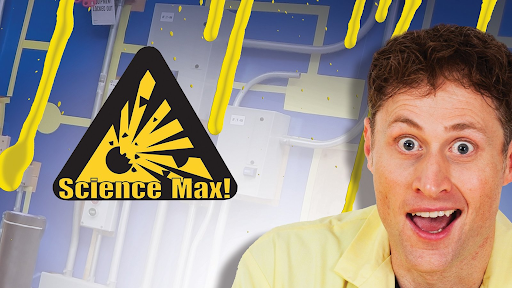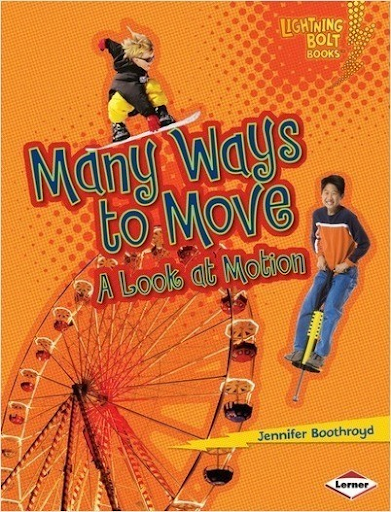We will be sharing a STEM challenge children can do at home here every Friday. Complete the challenge and share your results on social media with @BramptonLibrary #kidsatBL!
This week’s challenge:
Build a Rube Goldberg Machine--or, a machine designed to complete a simple task in a very complex way using a series of chain reactions.
Supplies you will need:
- Objects that move (or have “kinetic energy”)
- Examples: balls, roller skates, skateboards, fidget spinners, mechanical toys, etc.
- Objects that could have stored energy based on their position (or have “potential energy”)
- Examples: dominoes, elastic bands
- Other supplies to control when and how the objects listed above move: cardboard, plastic cups, popsicle sticks, paper, tape, scissors, string
Tips to get started:
Step One: Choose the task you want your machine to complete
- This could be turning the page of a book, switching on a light, opening a door, dispensing a piece of tape, etc.
Step Two: Set up your chain reactions
- Choose whether you want to start at the beginning or with your end goal.
- Build each step and test it along the way to make sure it will work when you try to put it all together.
Step Three: Try your machine!
- Even if you have tested each chain reaction along the way, your Rube Goldberg machine probably will not work on the first try.
- Learn from failed attempts to make small adjustments to your machine.
Helpful science terms:
Anytime something is in motion we say that it has kinetic energy.
- This could be you when you run down the street, a bicycle when it is moving and even the wind or water in the ocean. Kinetic energy also includes anything that has rotation or vibrates.
- When one object collides with another object, (like a baseball bat hitting a ball, for example) it transfers its kinetic energy to the second object. (The baseball bat transfers its kinetic energy to the ball and the ball then moves in a different direction, containing all of the kinetic energy.)
Potential energy is the stored energy an object has because of its position or state.
- A bicycle on top of a hill, a book held over your head, or a stretched rubber band all have potential energy.
If you liked this activity, you might enjoy these free resources from our digital library:

The Most Magnificent Thing by Ashley Spires (fiction picture book/ebook, recommended for 4-8 years)

Science Max: Rube Goldberg Machine (TV episode available on Kanopy, recommended for 4-12 years)

Many Ways to Move: A Look at Motion by Jennifer Boothroyd (non-fiction book/ebook, recommended for 6-8 years)
Resources for grown-ups:
- Video examples of a Rube Goldberg machine
- Kinetic Energy Facts, Science for Kids
- Video explaining Kinetic and Potential Energy





 905-793-4636
905-793-4636